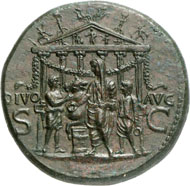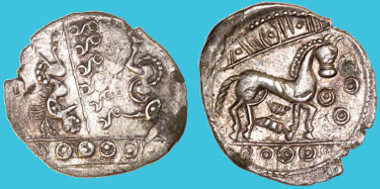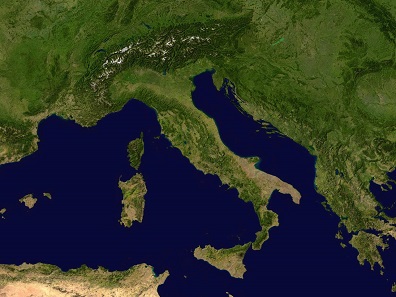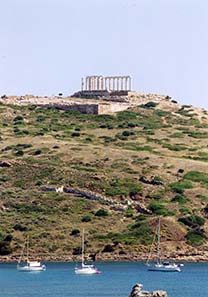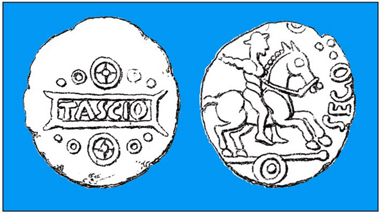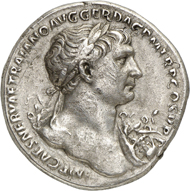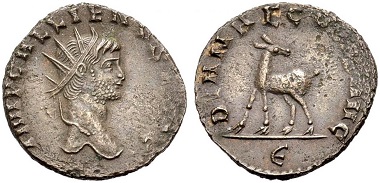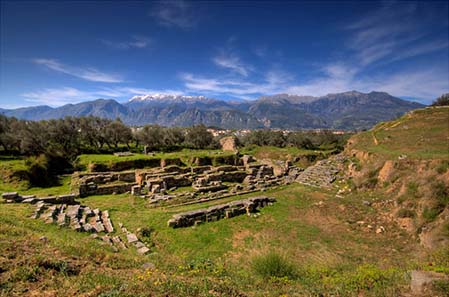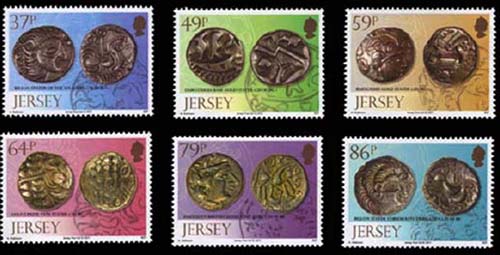Gods Unto Themselves? Augustus and Caligula
The image of the Temple of Augustus on the sestertii of Caligula is among the most beautiful architectural motifs found on Roman coins. In its upcoming auction, Numismatica Genevensis is offering the finest known specimen of this fascinating issue.







